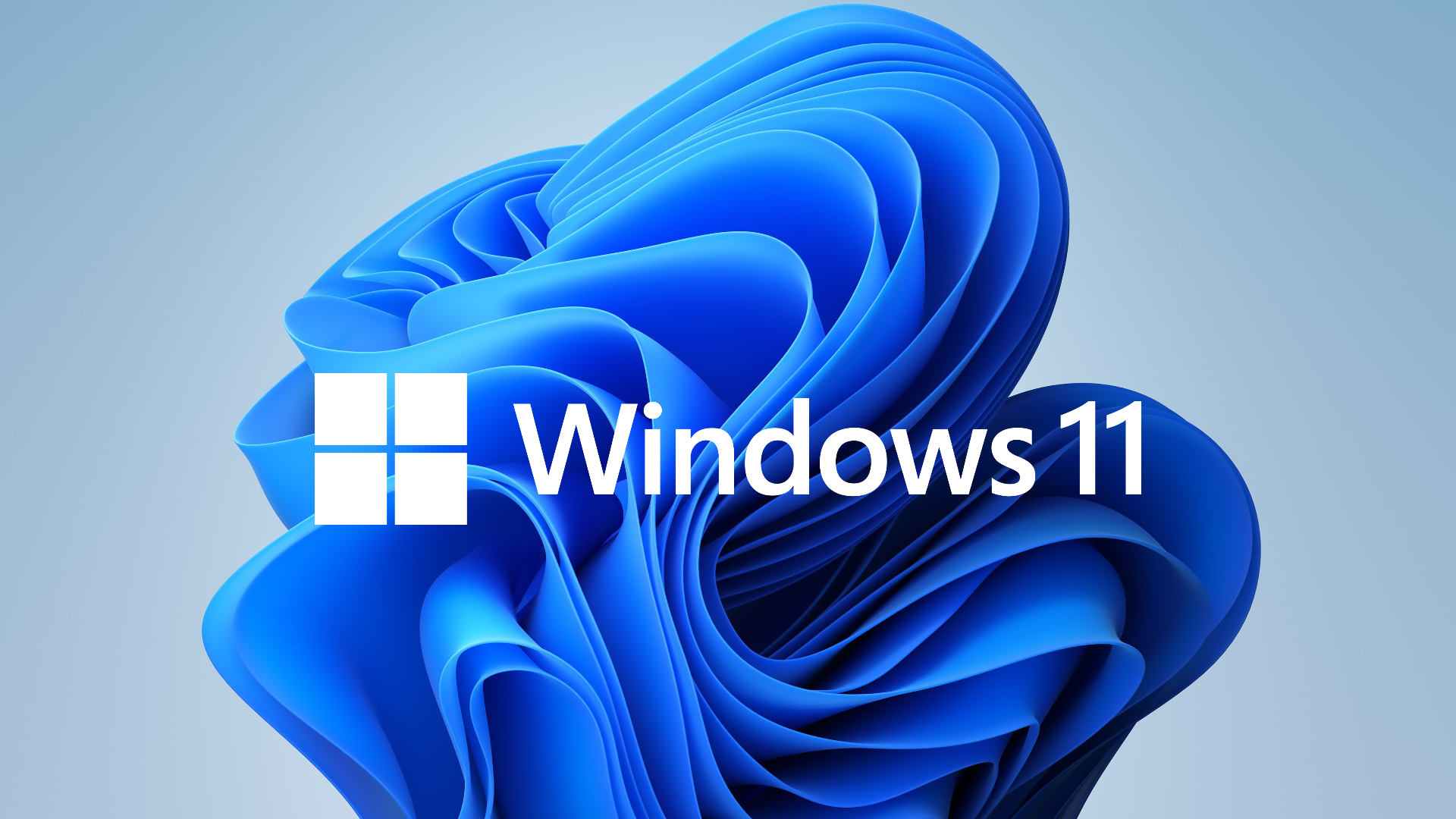Windows 11 Pros and Cons (2025): Should You Upgrade or Wait?
Windows 11 has now been available for a couple of years, bringing with it a redesigned interface, improved productivity tools, and tighter integration with Microsoft services. But the big question for many users and businesses remains: is Windows 11 worth upgrading to in 2025?
Below, we’ll break down the current pros and cons of Windows 11 so you can decide whether it’s the right time to upgrade or if sticking with Windows 10 is the smarter choice — especially if you’re dealing with older hardware or software compatibility concerns.
Benefits of Windows 11: What’s New and Improved
- Modernized Desktop Aesthetics
- Windows 11 introduces a sleek, centered Start menu and taskbar, rounded corners, and translucent design elements for a refined, modern look.
- Touchscreen optimization and new layout controls (like Snap Layouts) improve usability across a variety of devices.
- New wallpapers and themes offer personalization out of the box.
- Widgets and Personalization
- Replacing Live Tiles, Windows 11 introduces a dedicated widget panel that delivers real-time news, weather, calendar events, and more — all customizable to your needs.
- This design aims to surface helpful information without the clutter of older UI models.
- Microsoft Teams Integration
- Teams is now natively integrated into Windows 11, allowing seamless messaging and video calling for both work and personal use. The personal version is free, making remote communication more accessible.
- Performance and Gaming Enhancements
- Windows 11 leverages DirectX 12 Ultimate, Auto HDR, and faster load times via DirectStorage (with supported hardware), making it a better fit for gamers.
- Optimizations in resource management also improve overall system responsiveness and battery life on supported devices.
Drawbacks of Windows 11: What to Watch Out For
- Higher System Requirements
- Windows 11 requires a modern CPU — Intel 8th Gen or newer, or AMD Zen 2 or newer — along with TPM 2.0 support. Many older PCs, especially DIY builds, may not meet these standards.
- Although unofficial installation methods exist, running Windows 11 on unsupported hardware means limited updates and no official support.
- Graphics and Driver Limitations
- To enable accelerated graphics and new desktop features, you’ll need a GPU compatible with DirectX 12 and WDDM 2.0 drivers. For those with older or integrated GPUs, this could be a hurdle.
- With ongoing hardware shortages in some markets, upgrading hardware to meet these requirements may not be feasible for every user or business.
- Missing Legacy Features
- Some features from Windows 10 — like the Timeline view — have been removed. If you relied on them for organization or productivity, this change could impact your workflow.
Windows 11 vs Windows 10: Which Is Better in 2025?
Windows 11 delivers a more refined interface, deeper cloud integration, and better tools for multitasking and collaboration. It’s also optimized for the hybrid workplace and gaming experiences with cutting-edge technologies like Auto HDR and DirectStorage.
However, Windows 10 remains fully supported through October 14, 2025, and may be the more stable choice for users with older systems or businesses needing time to validate software compatibility.
Should You Upgrade to Windows 11 Now or Wait?
If your hardware meets the Windows 11 system requirements and you’re excited about new productivity features, upgrading now is a solid move — especially with broader support for cloud tools, enhanced visuals, and Microsoft Teams integration.
However, if you’re using older hardware, rely on legacy features, or want to wait until Windows 11 matures further, it’s perfectly reasonable to stick with Windows 10 until support ends in late 2025.
Final Thoughts
Windows 11 is a significant upgrade from Windows 10, offering a polished interface and future-ready technologies — but it’s not for everyone just yet. Carefully weigh your device’s compatibility, your feature needs, and your readiness for change.
Whether you’re a casual user, a business decision-maker, or a gamer evaluating Windows 11 vs Windows 10, this guide can help you make the right move in 2025.
